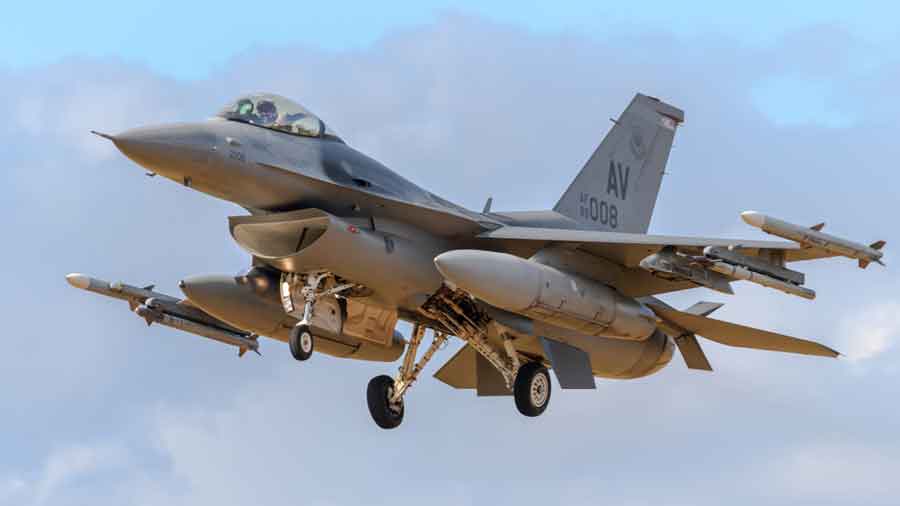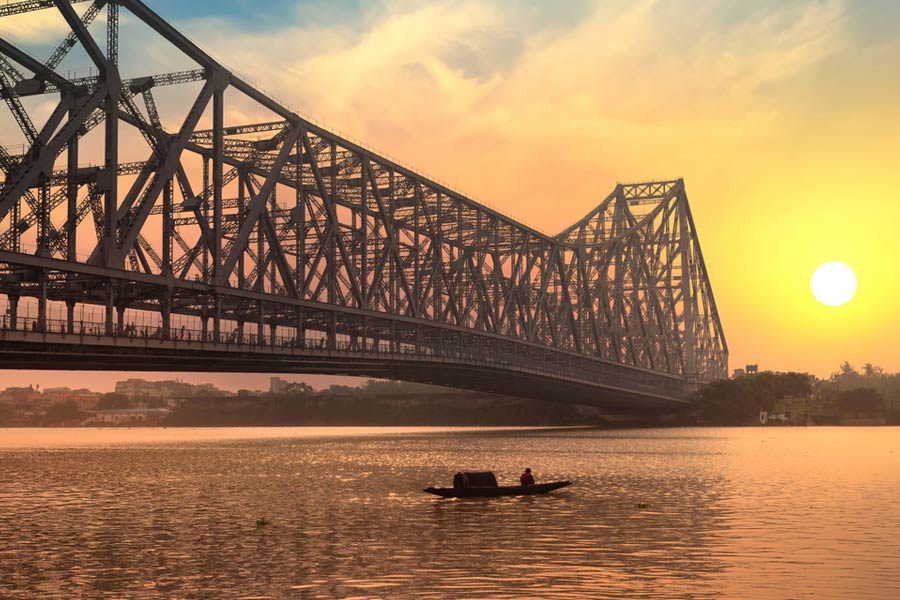American troops and their western allies have departed Bagram, Afghanistan’s largest air base, officials said on Friday, turning over to the Afghan government the sprawling outpost from which the US waged war for nearly two decades.
With little fanfare and no public ceremony, American troops left the base on Thursday night, US and Afghan officials said. The closure effectively means that major US military operations in Afghanistan are all but over.
The Afghan military “will protect the base and use it to combat terrorism”, said Fawad Aman, a spokesman for Afghanistan’s ministry of defence.
The closure of Bagram, a symbol of the US’s costly operations in Afghanistan, comes weeks before the planned withdrawal of American troops, who entered the country after the September 11, 2001, terrorist attacks.
The US will leave a contingent of 650 troops to protect its embassy in Kabul, the capital.
The departure comes at a perilous time for Afghanistan.
Some US intelligence estimates predict that the Afghan government could fall to its rivals, the Taliban, in as little as six months after the Americans complete their withdrawal. The Taliban are inching closer to Kabul after having taken about a quarter of the country’s districts in the past two months.
Hundreds if not thousands of members of the Afghan security forces have surrendered in recent weeks, while their counterattacks have taken back little territory from the Taliban. And as the Afghan forces fracture, regional militias have appeared with renewed prominence, in an echo of the country’s path toward civil war in the 1990s.
“Civil war is certainly a path that can be visualised,” the top American commander in Afghanistan, Gen. Austin S. Miller, said on Tuesday.
Though the past 40 years of conflict in Afghanistan could be seen as civil war, a return to the fractious era of warlords and armed fiefs has long been feared.
With a line of snow-capped mountains as its backdrop, the Bagram airfield was built in the 1950s by the Soviet Union. It became a vital military hub during the Soviets’ 10-year occupation of Afghanistan. After the Soviets withdrew in 1989, the Taliban and what was known as the Northern Alliance fought for the base, sometimes with their trenches at either end.
By 2001, the US had inherited rubble at the Bagram site. In January 2002, when the first American service member killed by enemy fire, Sergeant First Class Nathan R. Chapman, was sent home, there were no American flags to drape on his coffin, so a flag patch from someone’s uniform had to suffice.
By 2011, at the height of the American war, the air base had ballooned into a small city, with two runways, tens of thousands of occupants, shops and a US military prison that became notorious. The thunder of jets and other aircraft, armed with hundreds of pounds of munitions that were dropped across the country, sometimes killing civilians, became a constant soundtrack for local residents throughout the conflict.
Early Friday morning, looters entered the base, grabbing gas canisters and some laptops, said Darwaish Raufi, a district administrator for Bagram, adding that some were arrested by the police.
Raufi said the Americans had failed to coordinate their departure with the Afghan forces, leaving a gap in security at the base.
But Colonel Sonny Leggett, a spokesman for the US-led coalition in Afghanistan, said the transfer of the base had been “closely coordinated”.
The base was also more violently attacked over the years, often by Taliban rockets and mortars, but sometimes by other means. In one of the worst strikes, in November 2016, a suicide bomber sneaked onto Bagram Air Base, hidden among a group of workers. The blast killed four Americans and wounded more than a dozen others.
Other foreign forces that helped guard the base as part of the US-led coalition, like those from Georgia and the Czech Republic, saw their own casualties during their deployments.
In 2014, as the US concluded its first official pullout after the surge of troops in the years before — which brought the number of American and other international forces into the country to well over 100,000 — Bagram began to shrink.
Local contractors were fired, troops left and the surrounding town of the same name went into a downward economic spiral. Many residents had been reliant on the base for employment, and others had sorted through the camp’s refuse for goods that could be sold or shipped to Kabul.
Bagram was operating at full capacity until Thursday. Fighter jets, cargo planes and surveillance aircraft relied on the twin runways until it was no longer feasible to keep them in the country.
Now, air support for the Afghan forces and overhead surveillance will be flown in from outside the country, from bases in Qatar or the UAE, or from an aircraft carrier in the Arabian Sea, in missions known colloquially as “over the horizon”. How long that type of support will continue is unclear, but the Pentagon has until September 11.
New York Times News Service











